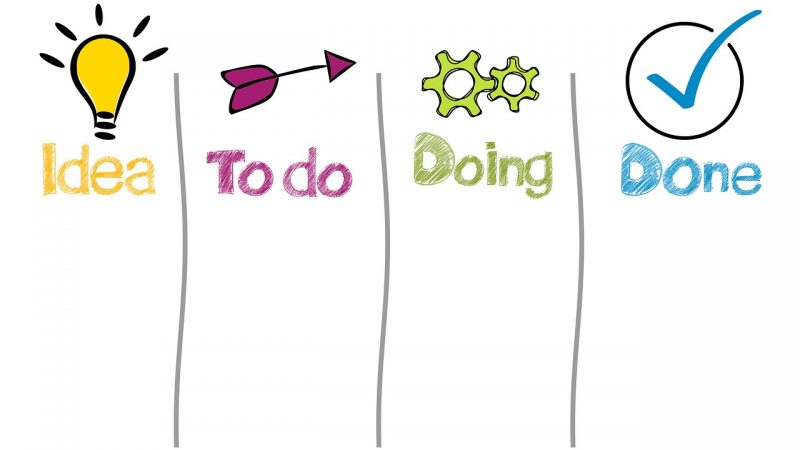Amid the bustle and chatter of active learning, quiet introverted students can easily slip through the cracks. Their reticence to share publicly may be misconstrued as boredom, disengagement, or inability. Yet shyness and slow processing speed rather than disinterest often explain introverts’ reserved classroom presence. With one third to half of students qualifying as introverts, ensuring their inclusion is vital. This article defines introversion, debunks myths, and provides five teacher-tested tips to engage introverted learners based on their innate strengths and preferences.
Understanding Introversion
Introversion exists on a continuum with extroversion. While each person possesses both qualities, individuals tend to lean more introverted or extroverted based on their energy sources and behavior. Introverts draw energy from inner reflection and solo pursuits. They prefer listening, slower processing, and time to formulate thoughts before speaking. Introverts feel drained by high stimulation and gain calm in solitude. They place quality of relationships above quantity. Introversion correlates with sensitivity and seriousness. Introverts succeed through focus, preparation, deep thinking, and careful action.
Common Myths and Truths
Before exploring engagement strategies, let’s dispel misconceptions about introverts:
Myth: Introverts are antisocial or dislike people.
Truth: Introverts socially engage in thoughtful, intimate relationships. Large groups and chit-chat drain them so they interact selectively. But they value close friends.
Myth: Introverts have poor social skills or timid personas.
Truth: Introverts are fully capable socially but dislike superficial busy talk. They converse substantively with those they trust. Many are bold thinkers, leaders, creators and speakers when occasions call for it.
Myth: Introverts cannot work collaboratively.
Truth: Introverts thrive cooperating with those they know well. Too much small group work frazzles them. They prefer focused teamwork versus endless group activities.
Myth: Introverts do not participate sufficiently in class.
Truth: Introverts process internally before speaking. Rushing them causes anxiety. Patience unlocks rich insights. They prefer quality over quantity participation.
Now let’s explore strategies to engage introverts’ strengths.
Ways to Engage Introverted Learners
1. Allow Think Time
Introverts require internal processing before responding. Counting to 10 after asking questions accommodates this. Have students think first, then turn and talk to a partner before opening the discussion. Avoid cold calling. Welcome pauses. Introverts will participate after gathering thoughts.
2. Set Speaking Protocols
Establish classroom norms like raise hands and take turns when speaking. Limit interrupting and calling out. Controlled discussions prevent dominance by the most vocal. Share talking time fairly. Introverts participate when space is held for them.
3. Offer Writing Opportunities
Writing unlocks introverts’ expression without pressure to respond on the spot verbally. Open-ended writing prompts at lesson start capture all voices. Online discussion boards provide processing time. Journals allow elaboration on concepts. Honor written reflection alongside oral discussion.
4. Use Anonymous Methods
Anonymous methods like student response cards and exit tickets solicit uncensored participation without spotlighting any one student. Introverts can respond comfortably without being singled out. Gain insights into their thinking while allowing anonymity.
5. Add Independent Think Time
Schedule solo think time for introverts to fully develop ideas before collaborating with others. Think-pair-share and turn and talk models work well. After individual pondering, introverts then feel prepared to meaningfully interact. Build in alone processing time when able.
Further Tips for Success
Additional introvert engagement strategies include:
– Group introverts thoughtfully with peers they know or work well with. Avoid random grouping.
– Keep groups smaller. Large crowds overwhelm. Partner and trio work may be optimal.
– Let students self-select group roles suiting their strengths like organizer, researcher, artist.
– Balance group excitement with calm focus time. Down time restores introverts’ energy.
– Value quality of participation over frequency. A few thoughtful comments enrich discussion.
– Allow flexibility. Introverts may prefer working or presenting independently versus collaboratively.
– Recognize shyness. Gently encourage rather than put introverts on the spot which heightens anxiety.
– Allow drawing, doodling, fidgeting to channel energy. Don’t equate it with disengagement.
Quiet engagement looks different but is no less meaningful. Adapt to introverts’ needs and gifts.
Dispelling Learning Myths About Introverts
Finally, debunk these common introvert learning myths:
Myth: Introverts are less intelligent or motivated than extroverts.
Truth: Introversion does not indicate academic ability or motivation to learn. Look past noise. Introverts apply dedicated focus.
Myth: Introverts dislike school and struggle academically.
Truth: The social and sensory aspects of school drain introverts. But they often thrive academically through focused work and reflection.
Myth: Extroverted traits like leadership and collaboration are superior.
Truth: Leadership comes in many forms. Introverts evolve as leaders through preparation, deep listening, and purposeful action. Value their contributions.
Myth: Extrovert behaviors like active participation equal learning.
Truth: Outspokenness is not learning. Introverts participate selectively when input is meaningful. Thought trumps volume.
By understanding introverts, we better educate all students. An inclusive environment engages every child.
Conclusion
Introverts offer tremendous gifts through their reflective natures. But they require teaching approaches aligning with their strengths. Avoid misperceptions. Welcome the peeks teachers get into introverts’ inner worlds. Drawing them out authentically fosters an insightful, thoughtful classroom community.










